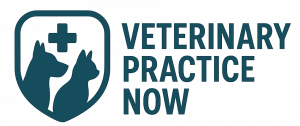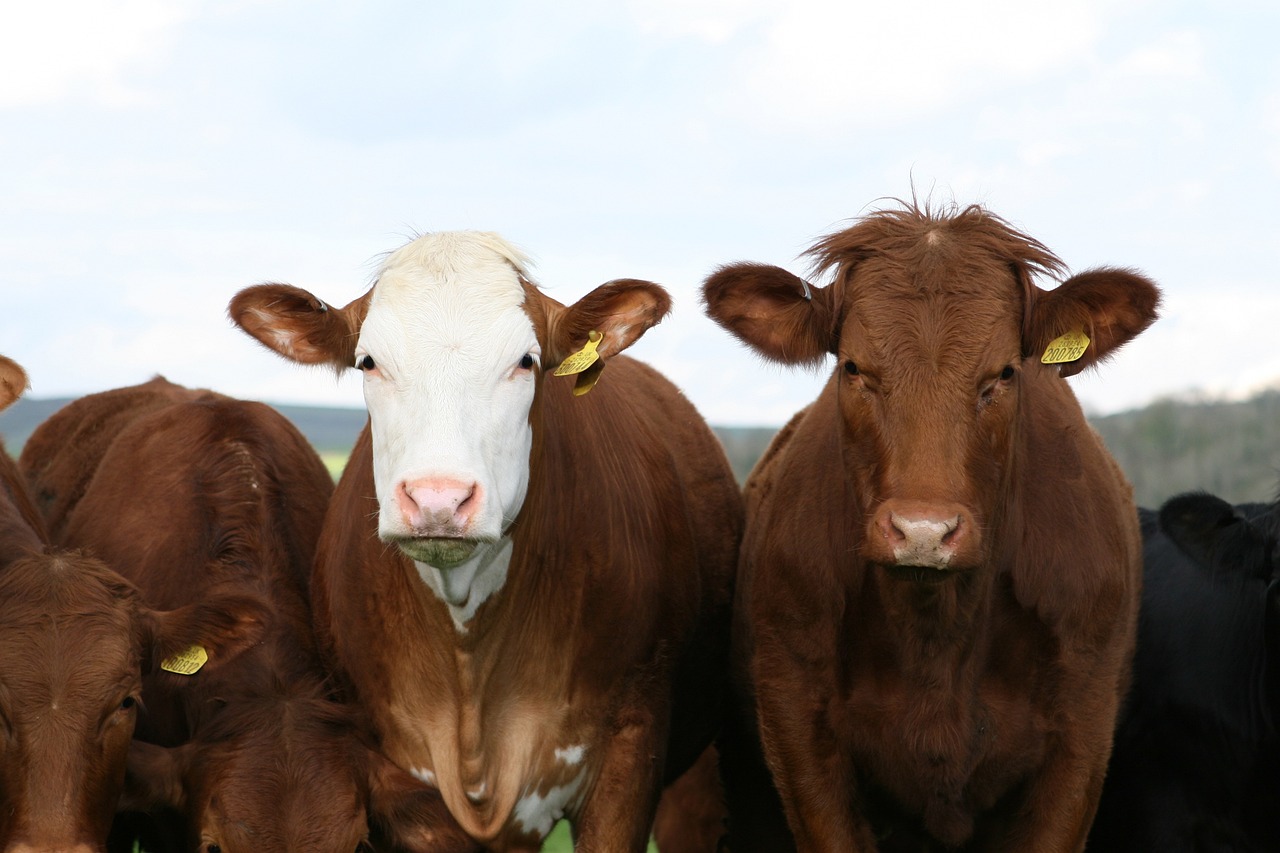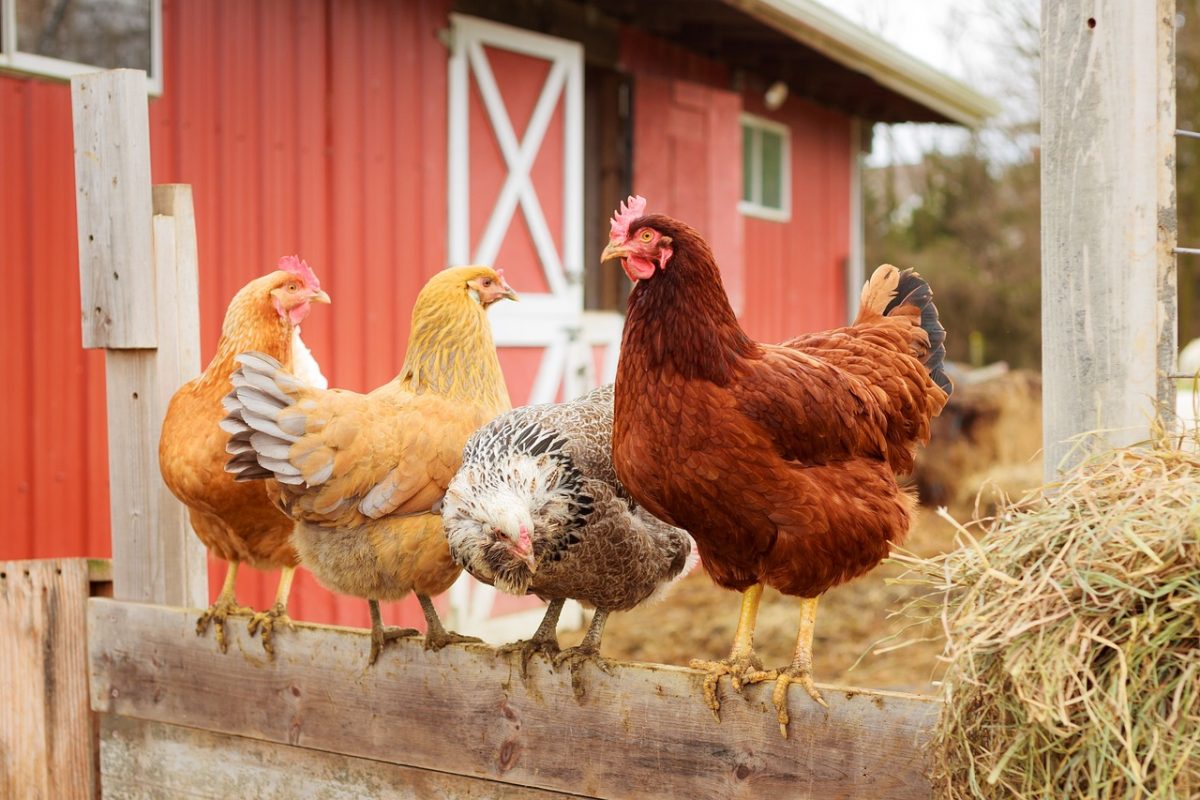In a concerted effort to shield the domestic cattle industry from the risks posed by the avian influenza Type A H5N1 virus, 17 U.S. states have implemented stringent controls on cattle imports from areas affected by this virus in dairy cows. The move comes as a proactive strategy to prevent any potential health crisis.
Details of the Restrictions:
The states that have introduced these new regulations include Alabama, Arizona, Arkansas, California, Delaware, Florida, Hawaii, Idaho, Kentucky, Louisiana, Mississippi, Nebraska, North Carolina, Pennsylvania, Tennessee, Utah, and West Virginia. These states have taken a firm stance to limit the introduction and spread of the virus by regulating cattle trade from known affected areas.
Federal and State Responses:
Despite these state-level actions, the U.S. Department of Agriculture’s Animal and Plant Health Inspection Service (APHIS) has decided not to impose federal quarantine orders or state quarantines at this time, citing the importance of risk evaluation in cattle movement. The agency stresses the need for minimized cattle movement and rigorous health assessments, especially avoiding the movement of sick or potentially exposed animals.
Global Health Concerns and Recommendations:
On the global front, the World Organization for Animal Health (WOAH) acknowledges the critical nature of the situation given recent HPAI detections in cattle, which could signal a greater adaptability of the virus in mammals. While WOAH has not supported restrictions on the movement of healthy cattle, it recommends robust avian influenza surveillance, thorough investigations of nonavian cases, and heightened biosecurity to prevent disease transmission. Furthermore, the organization encourages the prompt reporting of HPAI cases through the World Animal Health Information System (WAHIS) and emphasizes the need for scientifically justified import risk management measures.
CDC and WHO Precautions:
The Centers for Disease Control and Prevention (CDC) has issued public health guidelines to mitigate exposure to HPAI viruses, advocating for the use of personal protective equipment (PPE) and strict food safety protocols when dealing with potentially infected animals. Similarly, the World Health Organization (WHO) advises against contact with sick or dead animals and the consumption of raw animal products from infected sources.
Novel Terminology for Bovine Cases:
The American Association of Bovine Practitioners (AABP) has introduced a new terminology, bovine influenza A virus (BIAV), to describe the syndrome in cattle distinctly from its manifestations in birds. This move aims to clarify the differences in the pathogenesis of the disease in cattle versus birds. The AABP, in collaboration with the American Veterinary Medical Association (AVMA), is also working on enhancing biosecurity guidelines.
The introduction of import restrictions by these 17 states represents a critical step in preventing the spread of the H5N1 virus among U.S. cattle populations. As the situation evolves, continued vigilance, coupled with adherence to international health guidelines and enhanced biosecurity practices, will be paramount in managing this health threat effectively.



